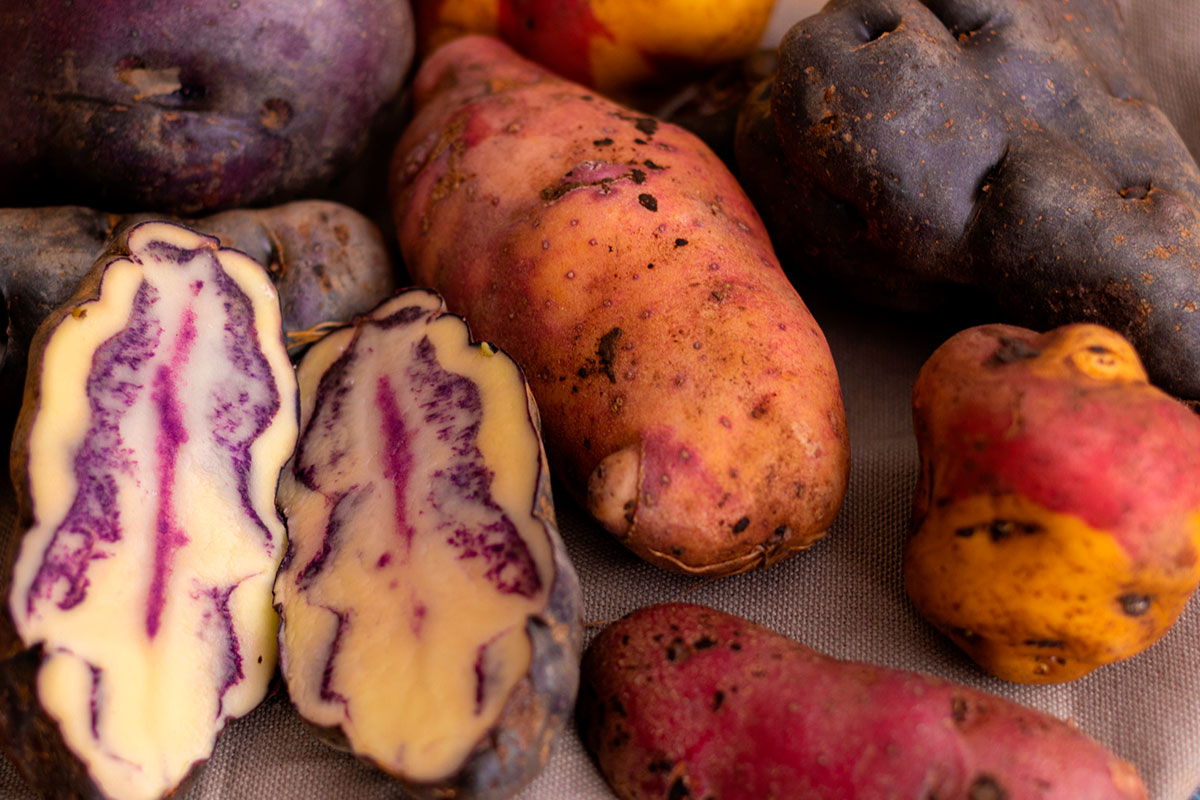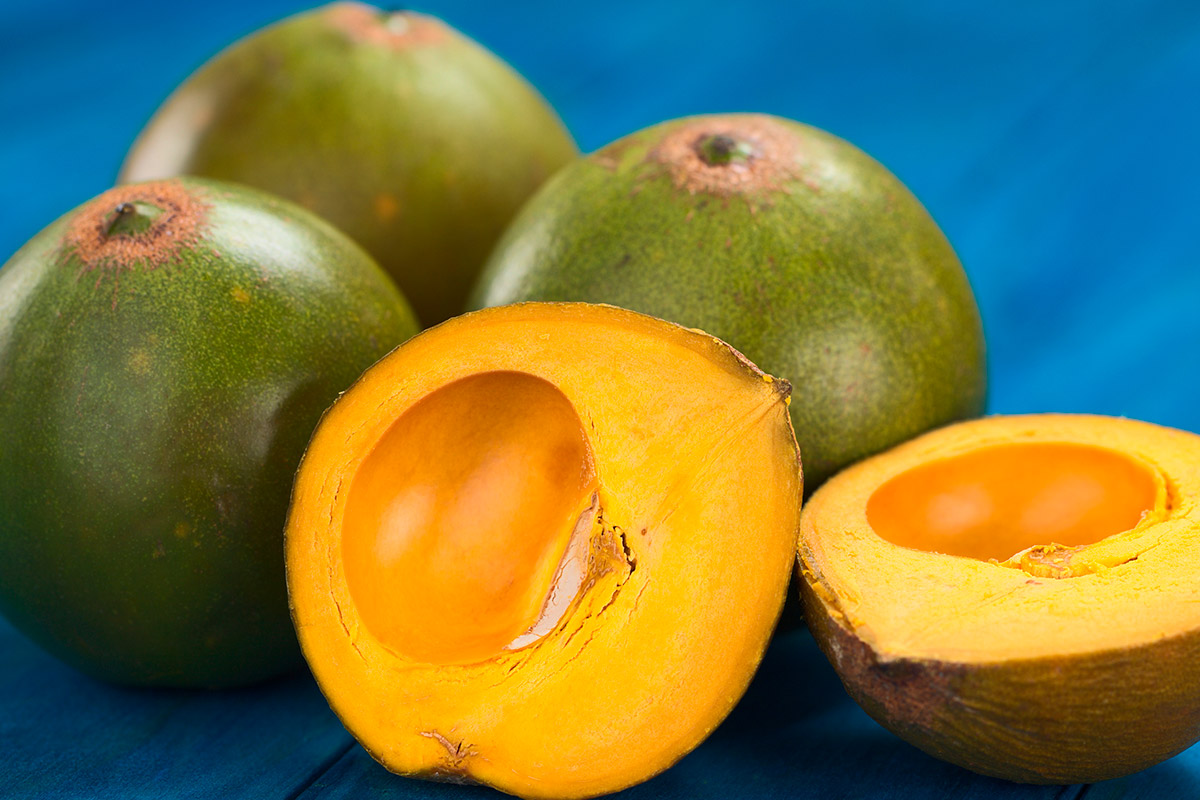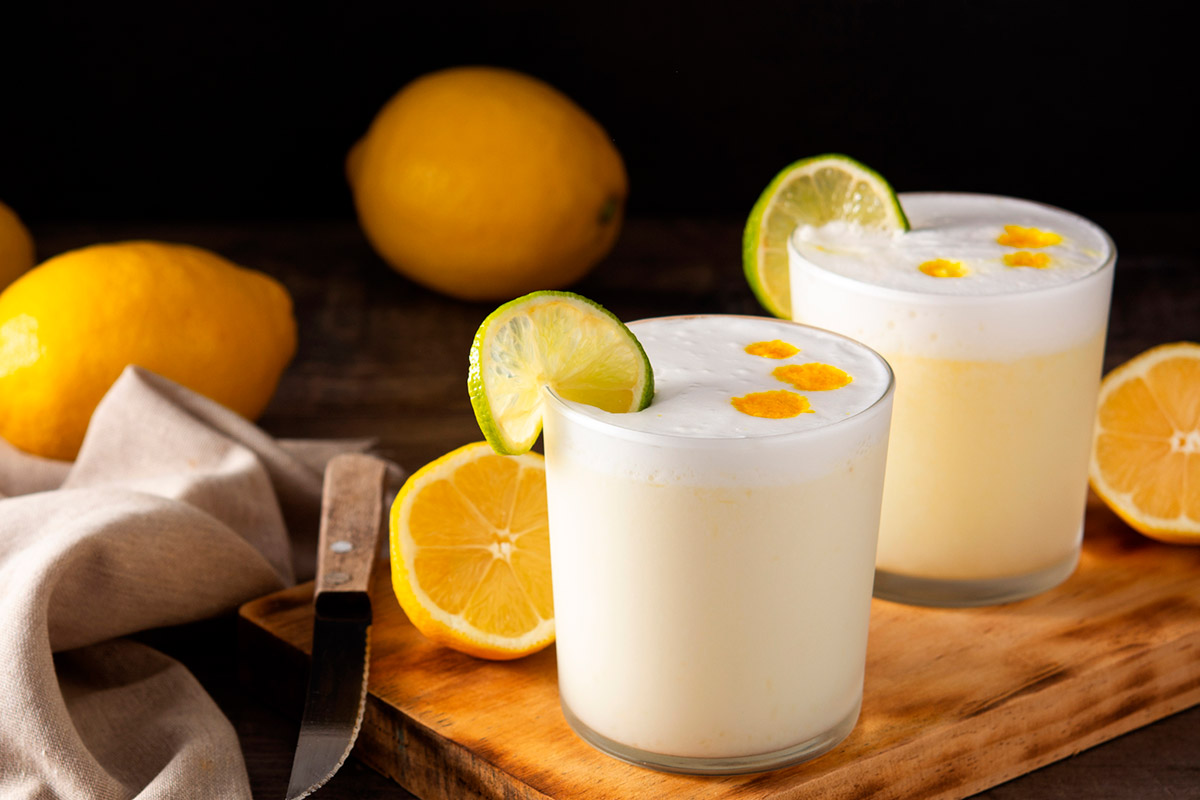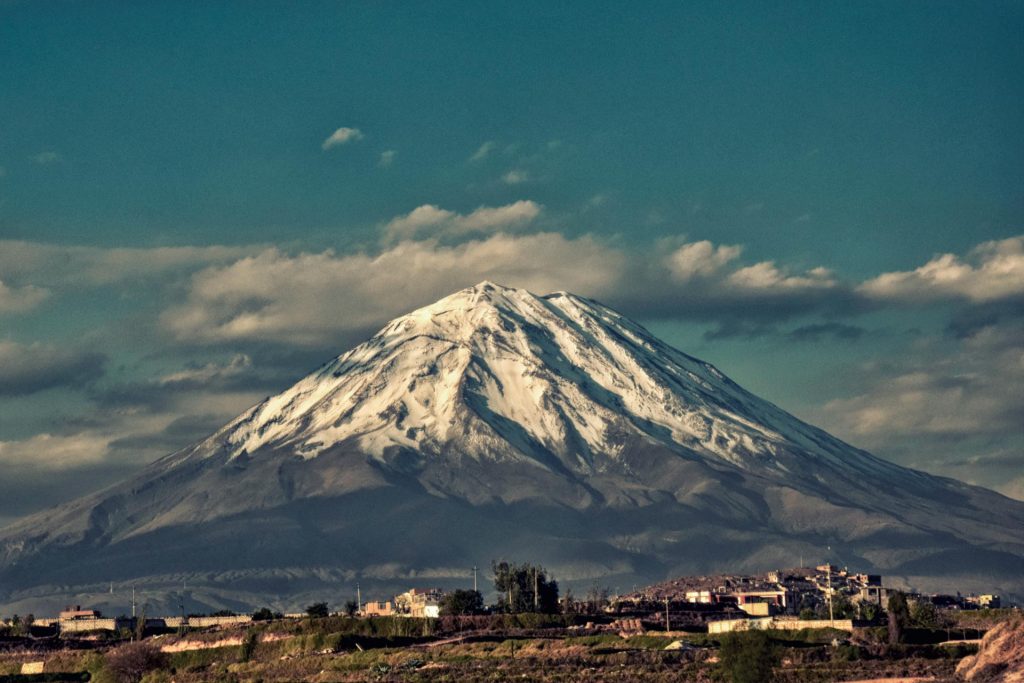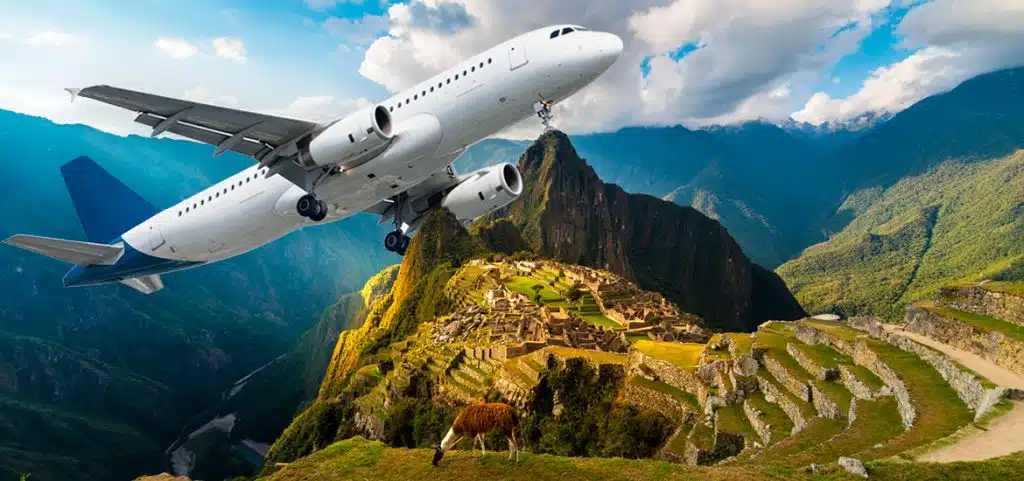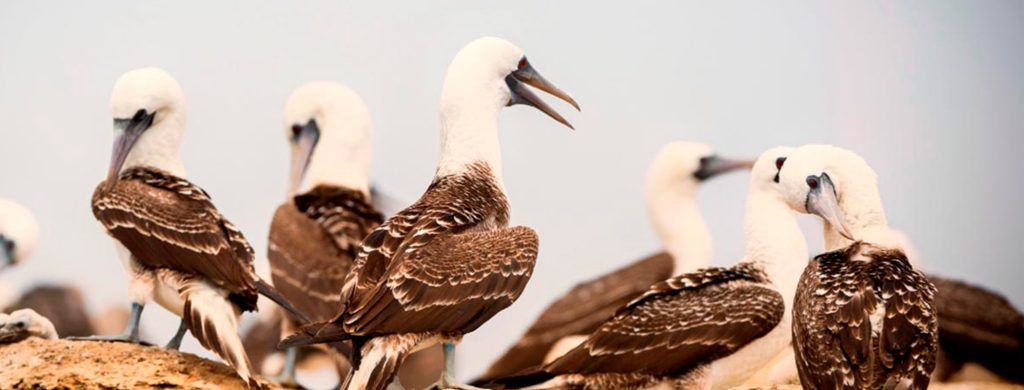Peru, often heralded as a culinary powerhouse, has become a global sensation, with its cuisine receiving widespread acclaim and recognition. This article delves into the fascinating world of Peru’s culinary legacy, exploring the reasons behind its remarkable success, international praise, and the rich tapestry of flavors that define this gastronomic phenomenon.
1. A Symphony of Influences
Peruvian cuisine is a melting pot of diverse influences, blending indigenous flavors with Spanish, African, Asian, and even Italian culinary traditions. This harmonious fusion has created a unique gastronomic identity that offers an explosion of flavors and textures in every dish.
Peruvian cuisine is a rich tapestry woven with threads of ancient roots and a culinary heritage spanning thousands of years. At its core, Peruvian gastronomy is a vibrant mosaic influenced by pre-Incan, Incan, and colonial culinary traditions.
Pre-Incan Influences: Before the Inca Empire, various civilizations such as the Moche, Nazca, and Chavín cultivated a wide variety of crops across Peru’s diverse landscapes. These civilizations left a lasting impact on Peruvian agriculture, introducing ingredients like quinoa, amaranth, and tubers.
Incan Contributions: The Inca Empire, with its advanced agricultural practices, shaped the culinary landscape. The terraced farming system known as “andenería” allowed the Inca people to grow crops at different altitudes, contributing to the diverse range of ingredients available in modern Peruvian cuisine.
Colonial Blends: The arrival of the Spanish in the 16th century brought European ingredients such as wheat, livestock, and citrus fruits. This blend of Old and New World ingredients laid the foundation for the mestizo cuisine that emerged during the Colonial period, combining indigenous and European flavors.
In essence, the roots of Peruvian cuisine are deep and reflect a dynamic interaction of ancestral traditions, diverse landscapes, and a reverence for indigenous ingredients. Peru’s culinary heritage is a living testament to the country’s resilience, creativity, and enduring connection to its historical roots.
2. The Rise to Global Fame
In recent years, Peruvian cuisine has reached unprecedented heights on the global stage, catapulting it as a gastronomic powerhouse. This renaissance is marked by innovative chefs, groundbreaking culinary techniques, and a renewed appreciation for the country’s regional cuisines.
Renowned chefs like Gastón Acurio and Virgilio Martínez have played a crucial role in the international recognition of the country’s gastronomy. The Peruvian culinary scene is not just a collection of dishes but a cultural phenomenon that has captivated food enthusiasts worldwide.
The New Andean Cuisine: At the end of the 20th century, a movement known as “Nuevo Andino” emerged, combining traditional Andean ingredients with contemporary culinary techniques. Notable chefs like Gastón Acurio and Virgilio Martínez played a key role in elevating Peruvian cuisine to new heights. Their commitment to local ingredients and traditional recipes with a modern twist became the hallmark of the New Andean cuisine.
Renowned Culinary Ambassadors: Chef Gastón Acurio, often hailed as the ambassador of Peruvian cuisine, has been instrumental in promoting the country’s culinary delights worldwide. His acclaimed restaurant, Astrid y Gastón, has become a beacon for those seeking an immersive experience in the nuances of Peruvian flavors.
Central and Maido, Globally Acclaimed: Internationally acclaimed restaurants like Central and Maido have consistently ranked high on global lists. Central, led by Chef Virgilio Martínez, explores Peru’s diverse ecosystems through its tasting menus at various altitudes. Maido, under Chef Mitsuharu Tsumura, combines Peruvian and Japanese influences to create a unique fusion experience.
Peruvian Culinary Diplomacy: Peru’s culinary excellence has become a tool of cultural diplomacy. The government actively supports culinary initiatives, recognizing food’s role in promoting the country’s identity. International events like “Mistura,” Peru’s annual food festival, attract chefs, enthusiasts, and media from around the world.
Regional Influences: Peru’s varied geography contributes to a rich tapestry of regional cuisines. Coastal areas offer exquisite seafood dishes like tiraditos and ceviche, while the Andean highlands feature hearty stews and grilled meats. The Amazon rainforest introduces unique ingredients such as exotic fruits, freshwater fish, and jungle herbs.
Innovative Techniques: Peruvian chefs embrace both traditional and cutting-edge culinary techniques. From ancient methods like Pachamanca to molecular gastronomy experiments, the culinary landscape is a playground for innovation. This blend of tradition and modernity keeps Peruvian cuisine dynamic and ever-evolving.
Global Recognition and Awards: Peru’s culinary achievements have garnered international recognition, with Lima becoming a culinary hub. The inclusion of Peruvian restaurants in prestigious lists like the World’s 50 Best Restaurants has solidified the country’s status as a global culinary destination.
3. International Awards
Peruvian restaurants have consistently ranked among the world’s best and have received prestigious awards. Central, Maido, and Astrid y Gastón are just a few examples of establishments that have secured top positions on coveted lists such as The World’s 50 Best Restaurants, firmly placing Peru on the culinary map. The meteoric rise of Peruvian cuisine to international stardom is marked by a plethora of prestigious awards and accolades that recognize the country’s culinary prowess. These awards not only highlight individual chefs and restaurants but also cement Peru’s place on the global gastronomic scene.
Michelin Stars in Peru: In recent years, the prestigious Michelin Guide has turned its attention to Peru, recognizing the exceptional dining experiences offered by its restaurants. Lima, in particular, has become a Michelin-starred destination, with establishments like Central and Maido earning well-deserved stars. This recognition places Peruvian gastronomy in the global culinary elite.
Latin America’s 50 Best Restaurants: Peru consistently dominates the Latin America’s 50 Best Restaurants list, showcasing the country’s vibrant culinary scene. Renowned establishments like Central, Maido, and Astrid y Gastón regularly occupy top positions, highlighting the diversity and innovation of Peruvian cuisine.
Recognition in the World’s 50 Best Restaurants: Peru’s culinary excellence extends to the global stage, with several of its restaurants featured on the World’s 50 Best Restaurants list. This prestigious ranking acknowledges the exceptional quality, creativity, and cultural significance of Peruvian dining establishments, drawing international attention to the country’s gastronomic treasures.
Food Festivals and Awards: Peruvian food festivals, particularly “Mistura,” have become showcases of the country’s culinary brilliance. In addition to celebrating established chefs, these events also serve as platforms for emerging talents and regional specialties. Various awards from these festivals recognize the dedication, innovation, and authenticity defining Peru’s culinary contributions.
Culinary Diplomacy and Cultural Exchange: Peruvian cuisine has become a powerful tool of culinary diplomacy. The government actively promotes the country’s gastronomy on the global stage, fostering cultural exchange through food. Chefs and culinary ambassadors act as cultural emissaries, showcasing Peru’s rich heritage and diverse flavors through global food events.
Peruvian Chefs on the World Stage: Peruvian chefs have achieved international acclaim, becoming ambassadors of the country’s culinary identity. Their presence at global food events, participation in international collaborations, and contributions to culinary literature enhance understanding and appreciation of Peruvian cuisine.
Sustainable and Responsible Practices: Peru’s culinary community is increasingly recognized for its commitment to sustainable and responsible practices. Chefs and restaurants emphasize the use of seasonal local ingredients, support for indigenous communities, and eco-friendly initiatives. This dedication to sustainability adds an extra layer of distinction to Peru’s culinary narrative.
4. Iconic Dishes of Peru’s Culinary Legacy
From the delicious ceviche, with fresh seafood marinated in lime juice, to the hearty lomo saltado, a stir-fry of beef, vegetables, and Peruvian spices, the country boasts a wide variety of iconic dishes. Each dish tells a story of Peru’s historical and cultural richness.
The global appeal of Peruvian cuisine is embodied in a rich tapestry of iconic dishes that delight the palate and reflect the country’s diverse cultural influences. From the coast to the Andes and the Amazon rainforest, these dishes are culinary ambassadors that introduce the world to the flavors and traditions woven into Peru’s gastronomic fabric.
Ceviche – A Symphony of Freshness: Ceviche is Peru’s ambassador to the world, a dish celebrated for its simplicity and bold flavors. Fresh fish or seafood is delicately cured in lime or lemon juice, mixed with red onions, chilies, and cilantro. The result is a refreshing and spicy explosion of flavor that captures the essence of Peru’s abundant coastal resources.
Lomo Saltado – Fusion on a Plate: Lomo Saltado, a testament to Peru’s historic blend of cultures, combines Chinese stir-fry techniques with indigenous ingredients. Tender strips of beef are stir-fried with vegetables, Peruvian spices, and soy sauce, creating a harmonious fusion of flavors. Served with rice or potatoes, it is a delicious representation of Peru’s multicultural culinary identity.
Aji de Gallina – Comfort in a Bowl: This creamy chicken stew, seasoned with yellow chili and enriched with ground nuts or cheese, is a comforting delight. Aji de Gallina embodies the warmth of home-cooked meals and showcases the versatility of Peruvian ingredients. Often served with rice and potatoes, it resonates with both tradition and innovation.
Anticuchos – Street Food Sensation: Anticuchos, marinated and grilled skewers, highlight Peru’s love for street food. Originally influenced by Afro-Peruvian cuisine, these skewers may feature beef heart, chicken, or other meats, often accompanied by a spicy sauce. Bursting with flavor and served from street stalls and markets, anticuchos are a cherished culinary experience.
Causa Rellena – Layers of Creativity: Causa Rellena is a vibrant and visually striking dish that layers mashed potatoes with a filling of chicken, tuna, or other ingredients. Colored with yellow chili, the dish is molded into a colorful tower, reflecting Peru’s artistic approach to gastronomy. It is a perfect example of the country’s creativity and flair for presentation.
Rocoto Relleno – Spicy Delight:
Originating from Arequipa, Rocoto Relleno is a spicy dish featuring rocoto peppers stuffed with a savory mixture of meat, onions, and spices. The dish is baked and served with a rich sauce, offering a spicy kick and showcasing Peru’s love for bold and flavorful ingredients.
Papa a la Huancaina – Andean Elegance:
Papa a la Huancaina showcases the culinary elegance of the Andean region. Boiled potatoes are drenched in a creamy yellow chili, cheese, and milk sauce. The dish is often garnished with hard-boiled eggs and olives, creating a harmonious blend of textures and flavors.
Quinoa – Ancient Superfood:
Quinoa, often called the “mother grain,” is a staple in Peruvian cuisine. Revered for its nutritional value, quinoa is used in a variety of dishes, from salads to stews. Its versatility and health benefits have contributed to its global popularity, symbolizing Peru’s commitment to healthy and nutritious foods.
Chifa – Fusion at its Finest:
Chifa represents the fusion of Chinese and Peruvian culinary traditions. Born from the Chinese immigrant community in Peru, Chifa dishes combine traditional Chinese ingredients with a Peruvian twist. Dishes like Chaufa (Peruvian fried rice) and Lomo Saltado exemplify this delicious intercultural collaboration.
5. Indigenous Ingredients and Superfoods
Peruvian chefs take pride in using indigenous ingredients and superfoods that are not only flavorful but also contribute to health and well-being. Quinoa, amaranth, and maca root are just a few examples of these nutritional powerhouses that have found their place in both traditional and contemporary menus.
Peru’s culinary landscape is defined not only by its delicious flavors but also by the richness of indigenous ingredients and superfoods that contribute to the country’s vibrant and diverse gastronomy. From the high Andean peaks to the Amazon rainforest, Peru’s unique ecosystems provide a tapestry of ingredients that both professional chefs and home cooks weave into their culinary creations.
Quinoa – The Andean Superfood:
Considered a superfood worldwide, quinoa originates from the Andean region and has been a staple in the Peruvian diet for centuries. Revered for its exceptional nutritional profile, quinoa is a complete protein, packed with essential amino acids, vitamins, and minerals. Its versatility in savory and sweet dishes has made it a cornerstone of modern Peruvian cuisine.
Lucuma – The Gold of the Incas:
Known as the “Gold of the Incas,” lucuma is a cherished Peruvian fruit with a rich caramel-like flavor. Often used in desserts and ice creams, lucuma adds a distinctive sweetness and abundant nutrients. With its unique taste and health benefits, lucuma has become a highly valued ingredient in both traditional and contemporary recipes.
Maca – Andean Energizer:
Maca, another potent superfood from the Andes, has gained international fame for its adaptogenic properties and energy-boosting benefits. Often consumed in powdered form, maca is found in smoothies, drinks, and even desserts, providing a natural and nutritious boost.
Camu Camu – Amazonian Vitamin C Bomb:
Hailing from the Amazon rainforest, camu camu is famous for its exceptionally high vitamin C content. This small, sour fruit is a source of antioxidants and is used in juices, sauces, and desserts. Its tangy flavor adds a refreshing touch to culinary creations.
Sacha Inchi – The Inca Peanut:
Sacha inchi, often known as the Inca peanut, is a star among Peruvian superfoods. Rich in omega-3 fatty acids, proteins, and antioxidants, these small seeds have a nutty flavor and satisfying crunch. They are commonly used in salads, snacks, and as a seasoning for various dishes.
Coca Leaf – Traditional Remedy and Flavor Enhancer:
The coca leaf, native to the Andean region, holds cultural significance and has traditionally been used for its medicinal properties. In culinary applications, coca leaves are used to infuse flavors into teas and dishes, providing a subtle and earthy taste.
Amaranth – The Ancient Grain Revival:
Amaranth, an ancient grain cultivated by pre-Columbian civilizations, has experienced a resurgence in popularity. Packed with protein, fiber, and essential nutrients, amaranth is often used in both sweet and savory dishes, contributing to the nutritional richness of Peruvian cuisine.
Cherimoya – Nature’s Flan:
Known as “cherimoya,” this tropical fruit is prized for its sweet, creamy pulp. This exotic fruit is found in desserts, smoothies, and drinks, adding a delicious tropical touch to Peruvian gastronomy.
Aji Amarillo – Spicy Flavor:
Aji amarillo, a bright yellow pepper, is the cornerstone of Peruvian cuisine. Beyond its spiciness, aji amarillo imparts a unique fruity flavor to dishes. Whether used in sauces, marinades, or as a condiment, this chili pepper imparts a distinctive Peruvian flavor.
Peru’s commitment to preserving its culinary heritage is reflected in the use of these indigenous ingredients and superfoods. As chefs continue to innovate and showcase the richness of Peru’s biodiversity, these elements remain central to a culinary journey that honors tradition while embracing contemporary creativity.
6. Pisco: Peru’s Liquid Gold
No exploration of Peruvian cuisine is complete without mentioning pisco, the national spirit. Whether in the classic Pisco Sour or enjoyed neat, this grape brandy adds a unique touch to the country’s culinary identity.
Pisco, often referred to as Peru’s liquid gold, is a testament to the country’s rich winemaking heritage and an integral part of its cultural identity. The origins of pisco trace back to the Spanish colonial era, intertwining with Peru’s historical narrative and showcasing its mastery of distillation.
Historical Roots:
The history of pisco begins with the arrival of Spanish conquerors in the 16th century. While the Spanish introduced the vine to South America, it was in Peru’s fertile soils that these vines found an ideal environment. The unique combination of geography and climate, especially in the Ica and Nazca regions, led to exceptional-quality grapes.
True Origin – A Peruvian Claim:
There is an ongoing debate about the true origin of pisco, with claims from both Peru and Chile. However, historical evidence and renowned pisco expert Johnny Schuler affirm Peru’s role as the birthplace of pisco. According to Schuler, the name “Pisco” predates the Spanish arrival in Peru and has its roots in the Quechua language, referring to a bird.
The Distillation Process:
The production of pisco involves a meticulous and regulated process. Distilled from fresh grape juice, pisco is a clear brandy that captures the essence of the grapes from which it is made. The must is carefully fermented to maintain the distinctive characteristics of the grapes, and the resulting wine is distilled in copper stills. This process captures the pure flavors of the grape, creating an aromatic and complex brandy.
Grape Varieties for Pisco:
Peru boasts a range of grape varieties particularly suited for pisco production. The most common varieties include Quebranta, Italia, Moscatel, Torontel, and Albilla. Each grape imparts its own set of flavors and nuances to the final product, contributing to the diverse range of piscos available.
Various Pisco Styles:
Pisco is presented in different styles, each reflecting the characteristics of the grape varieties and the skill of the distiller. Whether it’s the assertive Quebranta, the floral Moscatel, or the aromatic Italia, pisco offers a spectrum of profiles that cater to different preferences.
Geographical Indications:
Peru has implemented strict regulations and geographical indications to safeguard the authenticity of pisco. These regulations dictate the specific grape varieties that can be used, production methods, and designated regions where pisco can be produced. This commitment to quality ensures that pisco remains a faithful reflection of Peru’s terroir.
Pisco Sour – A National Treasure:
The influence of pisco extends beyond the bottle and into Peru’s most iconic cocktail, the Pisco Sour. This delightful concoction, which includes pisco, lime juice, simple syrup, egg white, and a dash of bitters, has become a symbol of national pride and a delicious ambassador for Peruvian mixology.
In essence, pisco is more than just a beverage: it is a distilled expression of Peru’s history, geography, and craftsmanship. Whether enjoyed neat, in a cocktail, or as part of a culinary experience, pisco stands as a liquid testament to Peru’s enduring legacy in the world of spirits.

